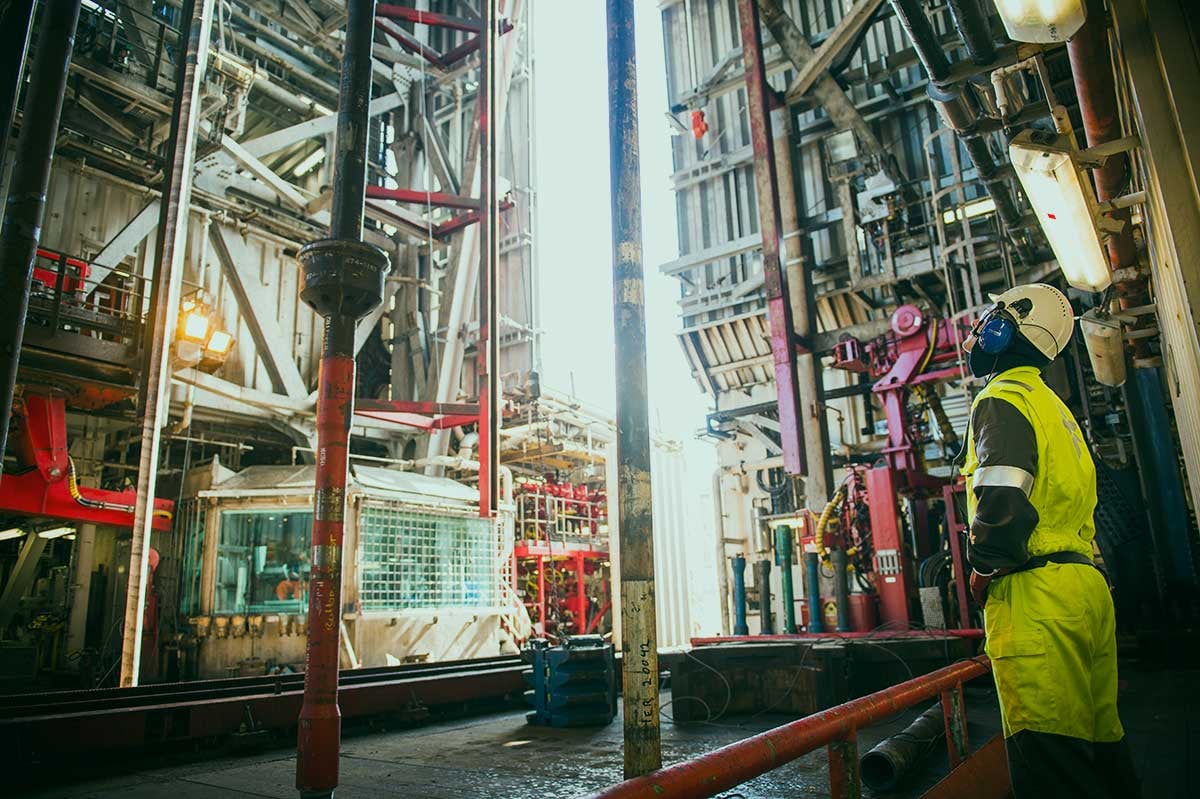Top 13 questions and answers about the CST
Click on the questions to find your answers. In case you need more information, please contact Perigon's product expert by email, phone or fill out the form below:
6. How much differential pressure can the CST withstand?
7. Can the CST be used in highly deviated and horizontal applications?
Go to Product page and download center:
Contact Perigon product support expert:
Magnus Harestad
General Manager
+47 47 68 68 46 or magnus(a)perigon.no





